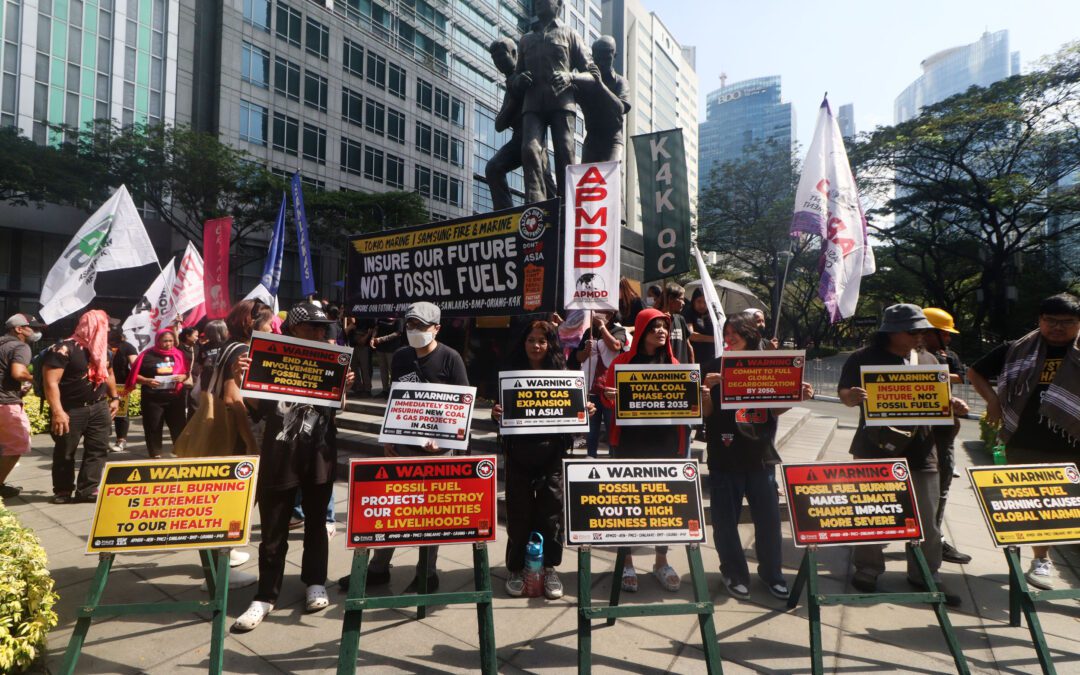Assessing The Long-Term Health Of Manila Bay's Ecosystem

Table of Contents
2.1 Water Quality Analysis: A Crucial Indicator of Manila Bay's Health
Water quality is a cornerstone of any healthy ecosystem. Manila Bay's water quality is assessed through various parameters, offering crucial insights into its overall health. Monitoring focuses on key indicators such as:
- Dissolved Oxygen (DO): Low DO levels indicate pollution, threatening marine life. Regular DO measurements are vital for tracking changes and identifying pollution sources.
- pH Levels: Significant deviations from the optimal pH range can harm aquatic organisms and disrupt the delicate balance of the ecosystem.
- Nutrient Concentrations (Nitrates and Phosphates): Excessive nitrates and phosphates, often from agricultural runoff and sewage, fuel algal blooms, leading to eutrophication and oxygen depletion.
- Presence of Pollutants: Heavy metal contamination (e.g., mercury, lead, cadmium) and plastic pollution pose severe risks to marine life and human health. Manila Bay water quality monitoring involves identifying these pollutants and tracing their sources.
Methods for Water Quality Monitoring:
- In-situ Measurements: Using probes to directly measure parameters like DO, pH, and temperature in the water body.
- Laboratory Analysis: Collecting water samples for detailed analysis of nutrient levels, heavy metals, and other pollutants.
Analyzing trends in water quality data over time helps identify improvements or deteriorations and allows for targeted interventions to address specific pollution sources, such as industrial discharge and inadequate sewage treatment. The Manila Bay water quality index, a composite indicator, provides a concise overview of the overall health of the bay's waters.
2.2 Biodiversity Assessment: Evaluating the Bay's Biological Wealth
Manila Bay’s biodiversity is a vital indicator of its ecosystem health. Assessing the diversity and abundance of key species – fish, invertebrates, birds, seagrasses, and mangroves – is crucial. Declining populations of indicator species, such as certain fish or bird species, highlight environmental stress.
Impact of Pollution and Habitat Destruction:
- Pollution directly harms organisms, while habitat destruction (e.g., mangrove deforestation) reduces breeding and feeding grounds.
- The loss of seagrass beds, vital nurseries for many fish species, significantly impacts the overall biodiversity of Manila Bay.
Conservation Efforts:
- The establishment and effective management of marine protected areas (MPAs) are essential for protecting critical habitats and fostering biodiversity.
- Mangrove conservation and restoration projects are vital, as mangroves act as natural buffers against pollution and provide vital habitats. Monitoring species richness and population trends of indicator species provides critical data for evaluating the success of conservation initiatives.
2.3 Sediment Analysis: Unveiling the Bay's Hidden History
Sediment analysis provides a valuable historical perspective on Manila Bay's pollution levels and ecosystem changes. Sediments act as repositories of pollutants, accumulating heavy metals and persistent organic pollutants (POPs) over time. Analyzing sediment cores reveals the long-term impact of human activities on the bay's ecosystem, offering crucial information for informed decision-making. This Manila Bay sediment analysis helps us understand the historical context of current pollution levels. The accumulation of heavy metals, such as mercury and lead, and POPs in the sediment reflects decades of industrial and agricultural practices.
2.4 Socio-economic Impacts: The Human Dimension of Ecosystem Health
Manila Bay’s ecosystem supports numerous communities that depend on its resources for their livelihoods. Fishing and tourism are major economic sectors intricately linked to the bay’s health. Ecosystem degradation directly affects these communities, leading to:
- Loss of Livelihoods: Declining fish stocks impact fishing communities, while polluted waters deter tourists.
- Health Impacts: Contaminated seafood and polluted waters pose risks to human health.
Community Involvement: Community participation in conservation and sustainable management is crucial. Empowering local communities through education, training, and sustainable livelihood programs fosters environmental stewardship and ensures the long-term protection of Manila Bay's resources. Addressing the economic consequences of ecosystem degradation is key to securing a sustainable future for the region.
Conclusion: Securing a Healthy Future for Manila Bay
Assessing the long-term health of Manila Bay's ecosystem reveals a complex interplay of environmental and socio-economic factors. While challenges remain, the data highlight the urgent need for concerted efforts towards sustainable management. Continued monitoring of water quality, biodiversity, and sediment composition, coupled with strong community engagement, is critical. Increased investment in environmental monitoring, stricter pollution control measures, and community-based conservation programs are crucial steps towards restoring and protecting Manila Bay. Collaborative efforts between government agencies, local communities, and international organizations are essential for securing a healthy future for Manila Bay, ensuring the well-being of both its ecosystem and the people who depend on it. Let’s work together to ensure the long-term health of Manila Bay and its invaluable ecosystem.

Featured Posts
-
 Mena Lw Ansf Alqwmu Fy Syaq Dhkra Alastqlal
May 30, 2025
Mena Lw Ansf Alqwmu Fy Syaq Dhkra Alastqlal
May 30, 2025 -
 Ticketmaster Alert Beware Of Fake Ticket Sellers Avoid Financial Losses
May 30, 2025
Ticketmaster Alert Beware Of Fake Ticket Sellers Avoid Financial Losses
May 30, 2025 -
 Are Home Sales In Crisis A Realtors Perspective On The Current Market
May 30, 2025
Are Home Sales In Crisis A Realtors Perspective On The Current Market
May 30, 2025 -
 L Histoire Mouvementee De La Deutsche Bank Un Recit Complexe
May 30, 2025
L Histoire Mouvementee De La Deutsche Bank Un Recit Complexe
May 30, 2025 -
 Kawasaki W800 My 2025 Harga Spesifikasi Dan Keunggulannya
May 30, 2025
Kawasaki W800 My 2025 Harga Spesifikasi Dan Keunggulannya
May 30, 2025
